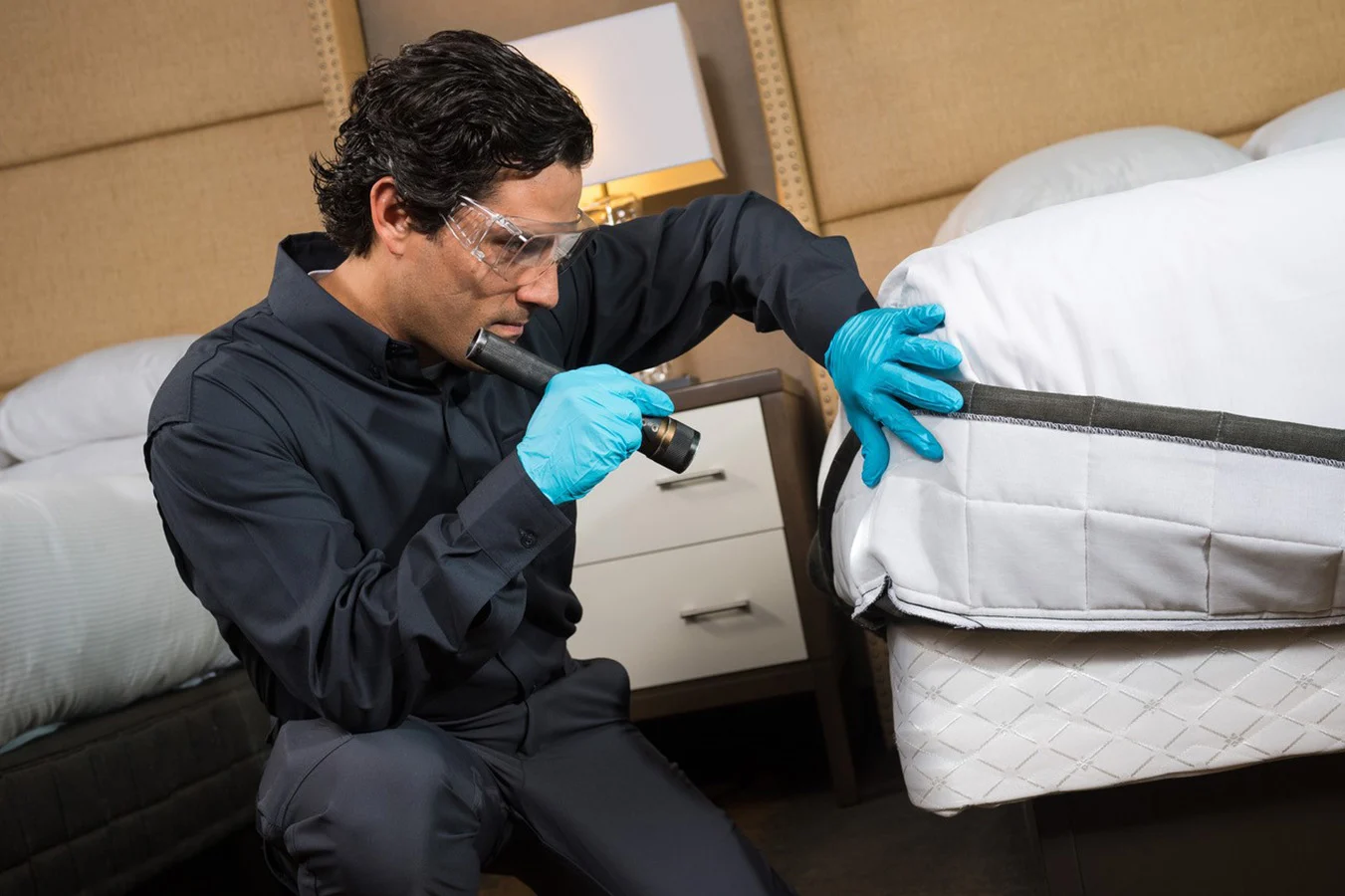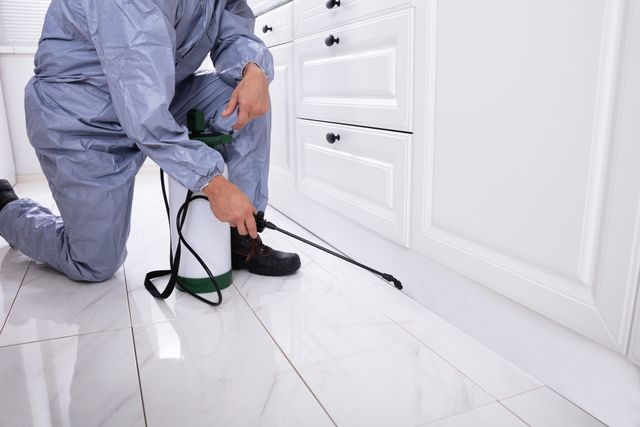How to Reduce Guest Complaints with Pest Monitoring Techniques
Share
Guest satisfaction is the cornerstone of the hospitality industry. However, one common issue that can severely impact a guest's experience is the presence of pests. Understanding how to reduce guest complaints with pest monitoring is crucial for maintaining a welcoming environment and ensuring customer loyalty. This guide will delve into effective strategies and solutions that can be implemented to keep pests at bay and guests happy.

The Importance of Pest Monitoring in Hospitality
Pests are not just an annoyance; they are a significant concern for any establishment that values its reputation. From hotels to restaurants, any sign of pests can lead to negative reviews, health code violations, and decreased patronage. Implementing a robust pest monitoring system is essential for early detection and prevention, allowing you to address issues before they become major problems.
Understanding Common Pests in Hospitality Settings
Before diving into pest monitoring techniques, it's vital to recognize the common pests found in hospitality settings. These include bed bugs, cockroaches, rodents, and ants. Each of these pests presents unique challenges and can cause different types of discomfort and health issues for guests.
For instance, bed bugs can lead to sleepless nights and skin irritations for guests, while cockroaches can spread diseases. Rodents can damage property and contaminate food supplies, and ants can be a persistent nuisance, especially in dining areas. Understanding these pests helps in crafting targeted monitoring and control strategies.
Implementing Effective Pest Monitoring Systems
An effective pest monitoring system involves regular inspections, the use of technology, and ongoing staff training. Here's how you can put these components into action:
Regular Inspections
Conducting regular inspections is the first step in preventing pest problems. This involves checking common entry points, food storage areas, and other potential pest habitats. Inspections should be thorough and frequent, ensuring that any signs of pest activity are detected early.
Utilizing Technology
Technology plays a crucial role in modern pest monitoring systems. Tools such as electronic traps, motion sensors, and remote monitoring systems can provide real-time data on pest activity. These technologies enable proactive measures and help in identifying patterns that can lead to a more strategic response.
Staff Training
Training your staff to recognize signs of pest activity and understand the importance of pest control is vital. Employees should know how to report sightings and take immediate action when necessary. Regular workshops and training sessions can empower your staff to be your first line of defense against pests.
Integrating Pest Monitoring with Pest Control
Monitoring alone is not enough; it must be integrated with a comprehensive pest control strategy. This includes regular cleaning, proper waste management, and the use of safe pest control products. Partnering with a professional pest control service can also provide expert guidance and additional resources for keeping your establishment pest-free.
Consider reading more about pest management for superhosts and why pests are a liability for hotels to get a deeper understanding of the importance of pest control. Additionally, external resources, such as hotel pest control, offer valuable insights into effective pest control solutions.
Benefits of Reducing Guest Complaints with Pest Monitoring
By implementing a robust pest monitoring system, you not only reduce guest complaints but also enhance the overall guest experience. A pest-free environment contributes to positive reviews, repeat business, and an improved reputation. Moreover, it ensures compliance with health regulations and reduces the risk of costly fines or closures.
In conclusion, understanding how to reduce guest complaints with pest monitoring is a critical aspect of hospitality management. By recognizing common pests, implementing effective monitoring systems, and integrating pest control strategies, you can significantly enhance guest satisfaction and protect your establishment's reputation.

FAQ Section
1. What are the common pests in hotels?
Common pests in hotels include bed bugs, cockroaches, rodents, and ants, each posing unique challenges and potential health risks to guests and staff.
2. How often should pest monitoring be conducted?
Pest monitoring should be conducted regularly, with inspections ideally occurring on a weekly or bi-weekly basis, depending on the size and location of the establishment.
3. Can technology aid in pest monitoring?
Yes, technology such as electronic traps, motion sensors, and remote monitoring systems can significantly aid in detecting and managing pest activity effectively.
